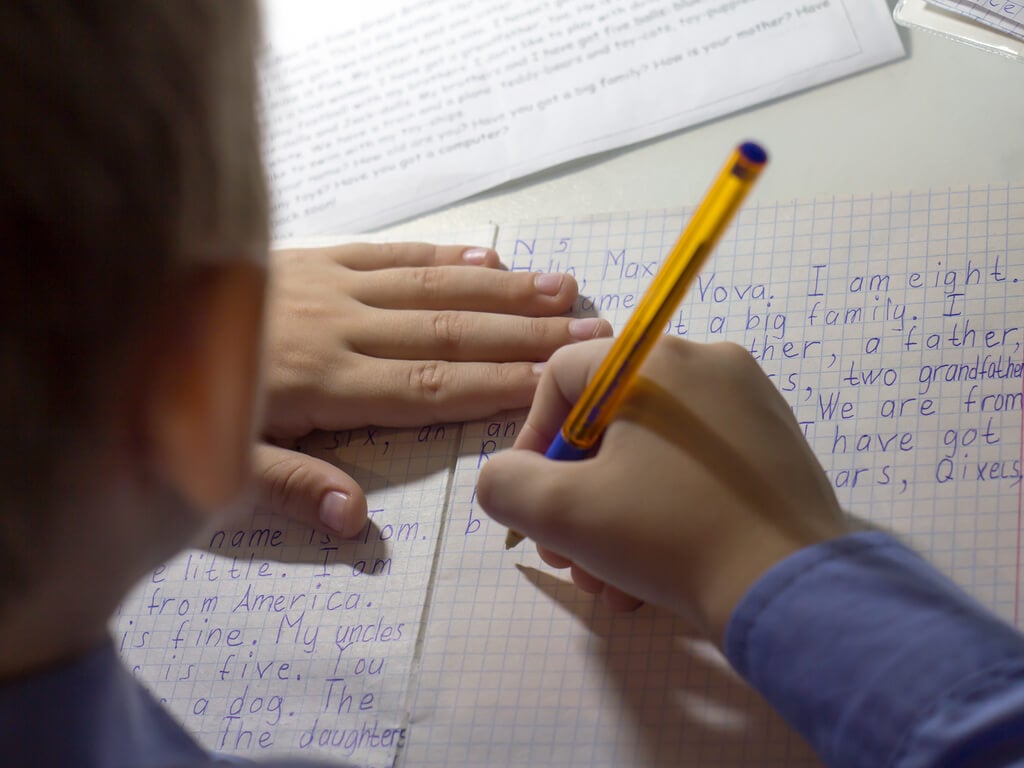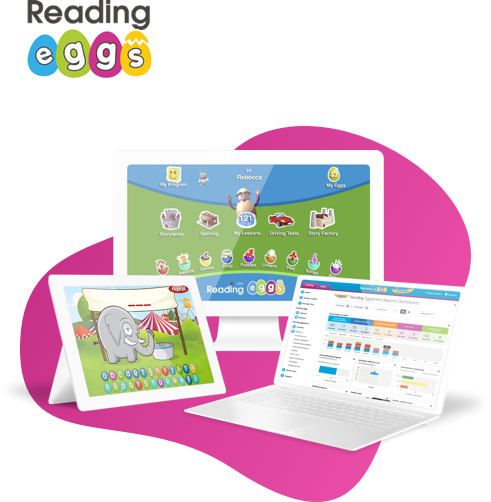
It’s a familiar pattern for anyone who’s ever taught spelling.
On Friday, your students are acing it – rattling off complex vocab from the week’s word lists without so much as a stutter.
But by Monday an entire week’s worth of spelling progress has evaporated over the weekend – just like the permission slips you also sent home.
So how do we make spelling stick in the long term?
Rote learning by itself isn’t the answer. In fact, there are five elements of spelling we need to address to make sure our students’ knowledge follows the upward trend we want to see.
We’ll unpack each of those five elements in detail later in the article, but first let’s dispel one major myth about the teaching of spelling.
Memorisation alone doesn’t make spelling stick
Here’s why.
It’s a short-term solution
Memorisation might get students over the line in a test, but unless words are regularly revised they won’t make the transition to long-term memory.
Words need to be used in context
To find patterns, attempt more challenging spellings, and figure out the spelling of related words independently, students need to practise using words in authentic contexts. Drilling word lists time after time won’t help.
Generalised visual memory doesn’t equal spelling success
Remembering the appearance of a single word is less important than remembering rules and patterns that are applicable to larger sets of vocabulary.
So how do we make spelling stick?
For our students’ spelling skills to last in the long term, we need to develop five distinct branches of spelling knowledge. These are:
- Orthographic knowledge: an awareness of which letter combinations are common patterns, and which are unacceptable (e.g. “go” is instantly familiar, but one look confirms “tg” doesn’t work).
- Phonological knowledge: an awareness of the individual sounds in words, and how these translate to common letter patterns.
- Morphological knowledge: understanding how different words relate to each other via suffixes, stems, and root words.
- Etymological knowledge: an understanding of how complex words originate from root words with common spellings (e.g. “photo” signifies light, “graph” signifies drawing).
- Lexical store: a memory of individual spellings, spelling patterns, and word relationships that can be drawn from to spell new words.
Sounds like a lot to juggle, doesn’t it? But there’s an instructional framework that addresses all these areas at once. Namely…
The lexical linguistic framework to teaching spelling
In the lexical linguistic framework, students are explicitly taught how to use morphological, orthographic, phonological, and etymological strategies to spell new words.
For example, a student learning to spell infinity might approach it via:
Orthography: the /f/ sound is usually represented by “ph” when it occurs at the end of a word.
Phonology: the word contains familiar sounds that correspond with known letter patterns (e.g. at least two o’s and gra).
Morphology: the word is a compound of two familiar pieces of vocabulary – “photo” and “graph”.
Etymology: “photo” signifies light and “graph” refers to something drawn or visual – and this relates to the meaning of the word in question.
The combination of different spelling strategies – as opposed to mere visual memory – makes for a much deeper understanding. And it’s this understanding that makes the spelling stick.
Equipped with a full range of spelling strategies, this approach also empowers students to tackle new spellings independently and increase their lexical store quickly and efficiently.
How do you use the lexical linguistic framework?
Use the lexical linguistic framework by implementing activities for each of the five elements of spelling.
Here are three activities for each element of spelling knowledge:
Phonological activities
- segmenting and blending phonemes
- matching sounds to graphemes (letter combinations)
- finding rhymes.
Orthographic activities
- creating posters to depict rules
- listing all the letter patterns that might be used to represent a sound
- “spotting the difference” between correct and incorrect letter sequences.
Etymological activities
- identifying word families (tricycle, tripod, trident, triple)
- identifying root words from other languages
- breaking down words into semantic roots (e.g. “in-” = “without”, “finite” = “end”).
Morphological activities
- transforming words with affixes
- building compound words
- general vocab activities (e.g. word of the week).
Activities to improve lexical store
- creating mnemonics (memory aids)
- spelling bees and quizzes
- look, say, cover, write, check.
Let technology lighten the load
There’s no getting around it – arming students with everything they need to become proficient spellers is tough work.
But it becomes a lot easier when you make the most of a curriculum-aligned spelling program.
Reading Eggs is an award-winning program that has over 300 engaging spelling lessons.
The best part? There’s no marking required. It’s all done automatically, so your students can get all the benefits of consistent spelling practice without creating extra work for you.
Interested? Get unlimited access to the program and all its resources by clicking the link below.







